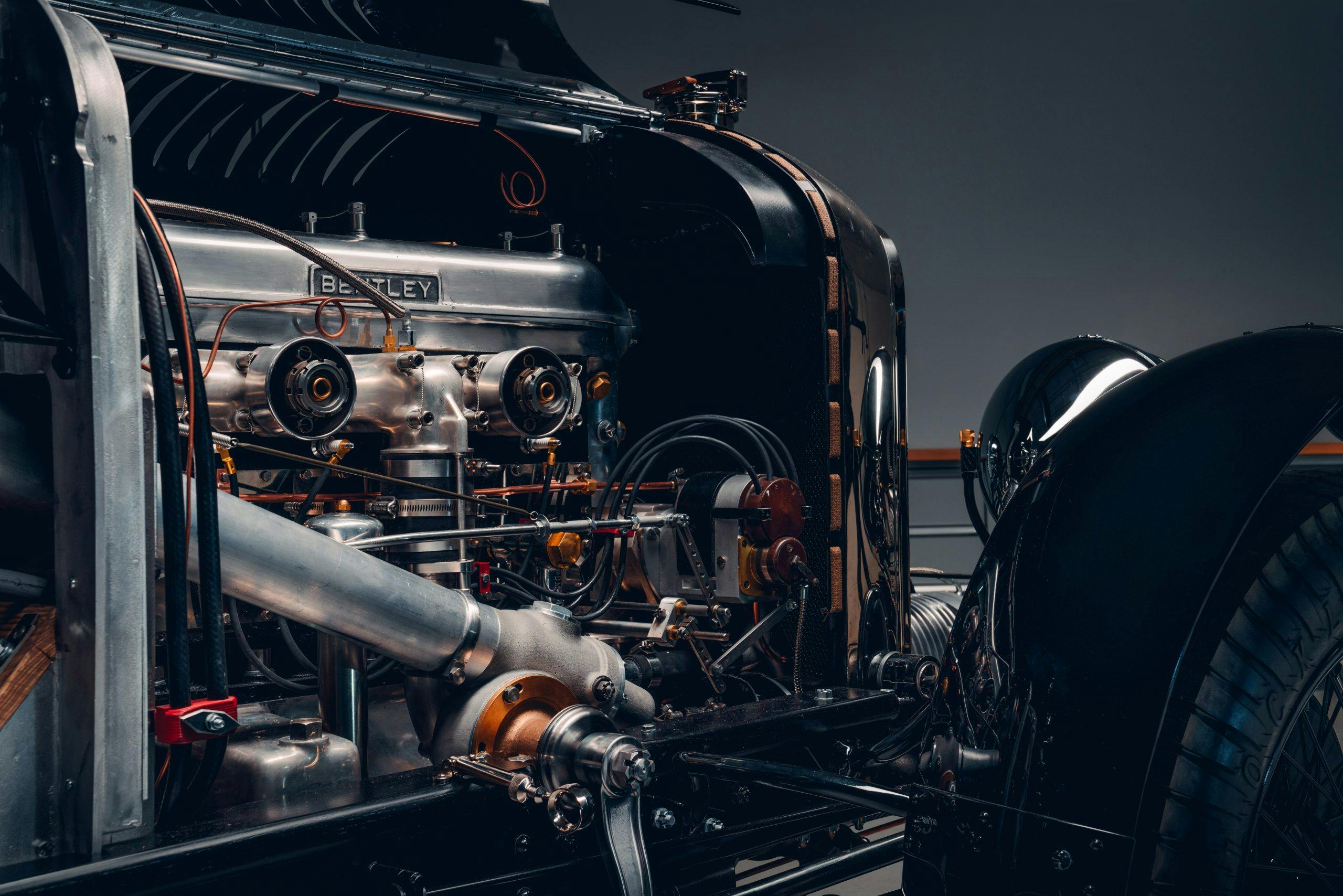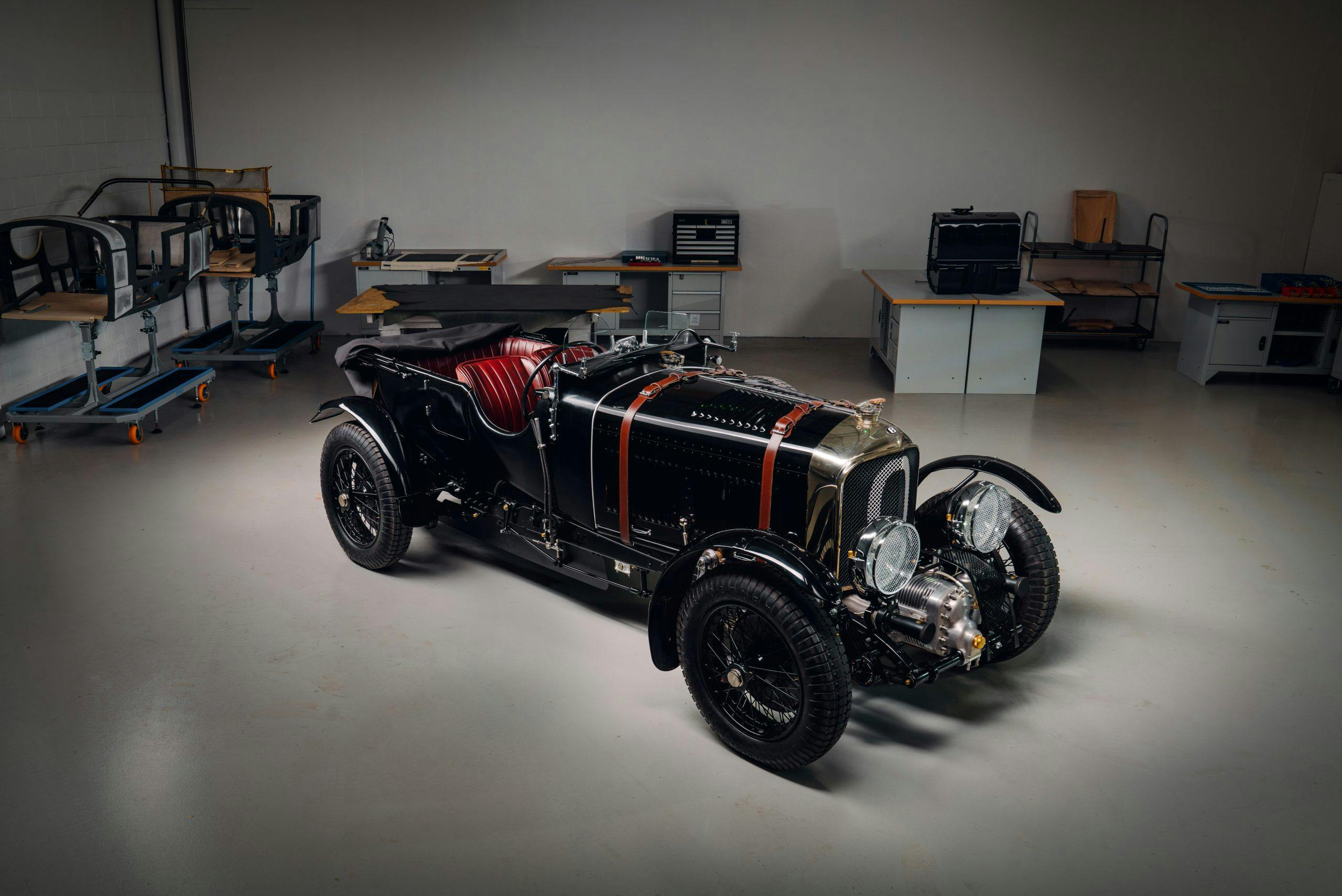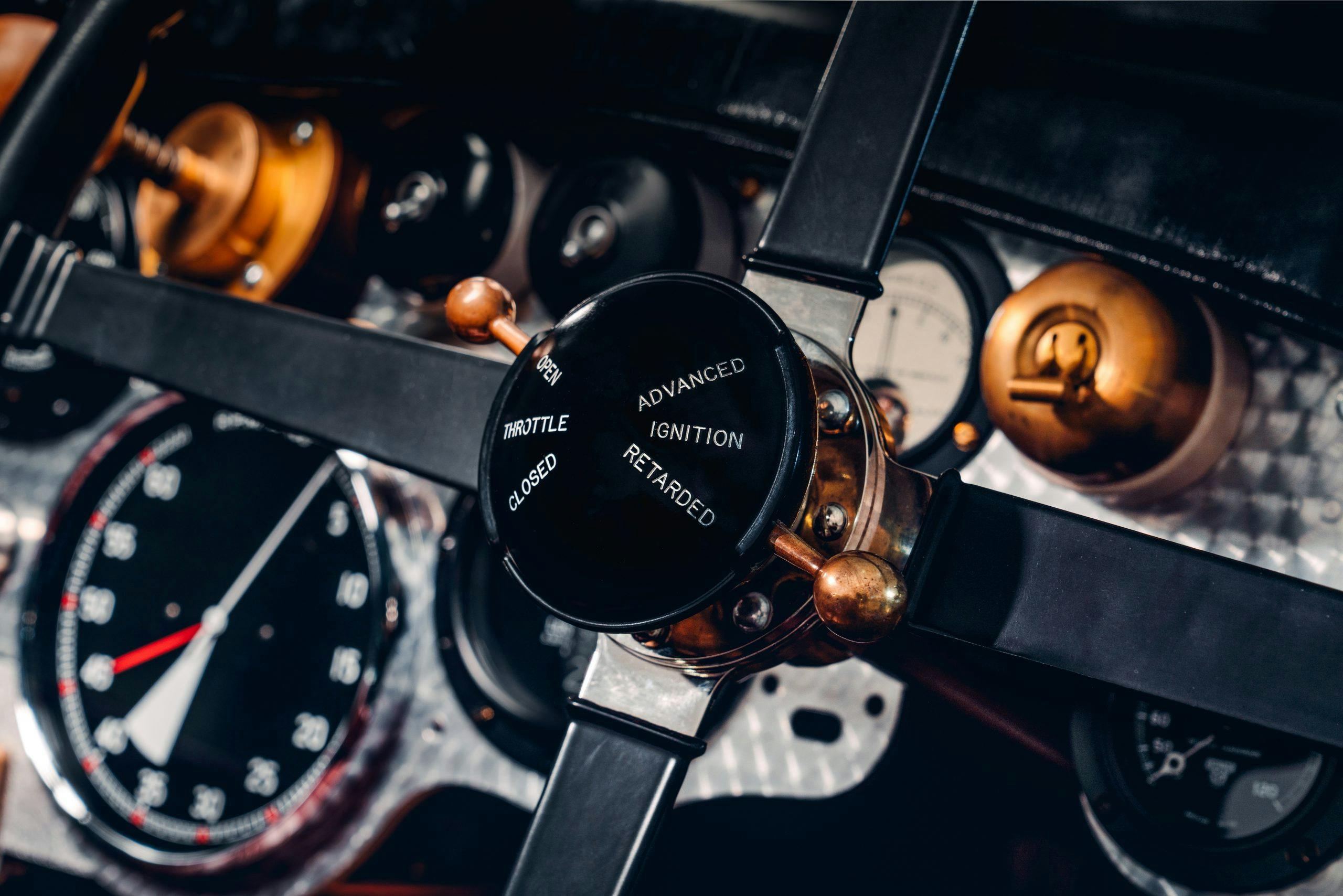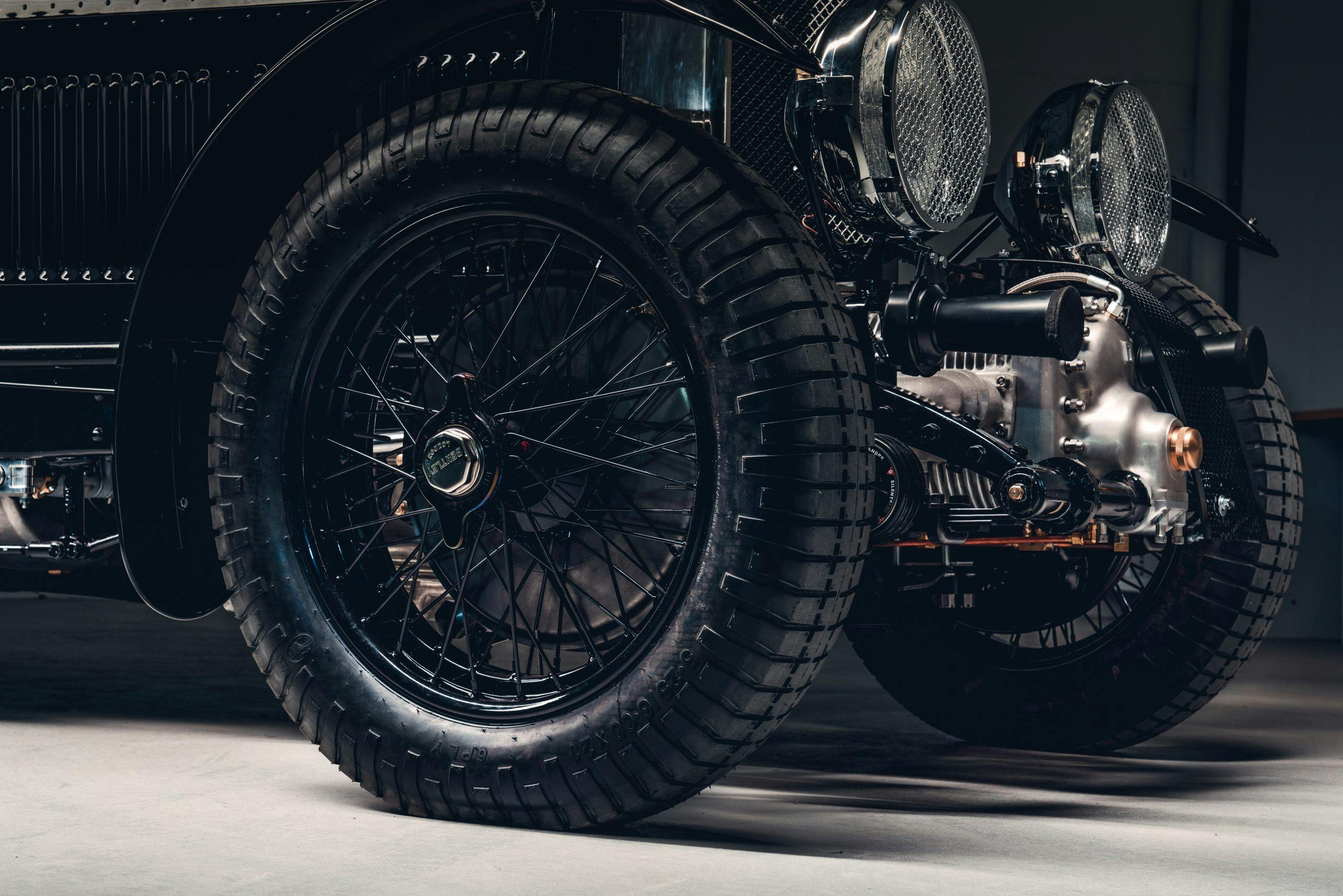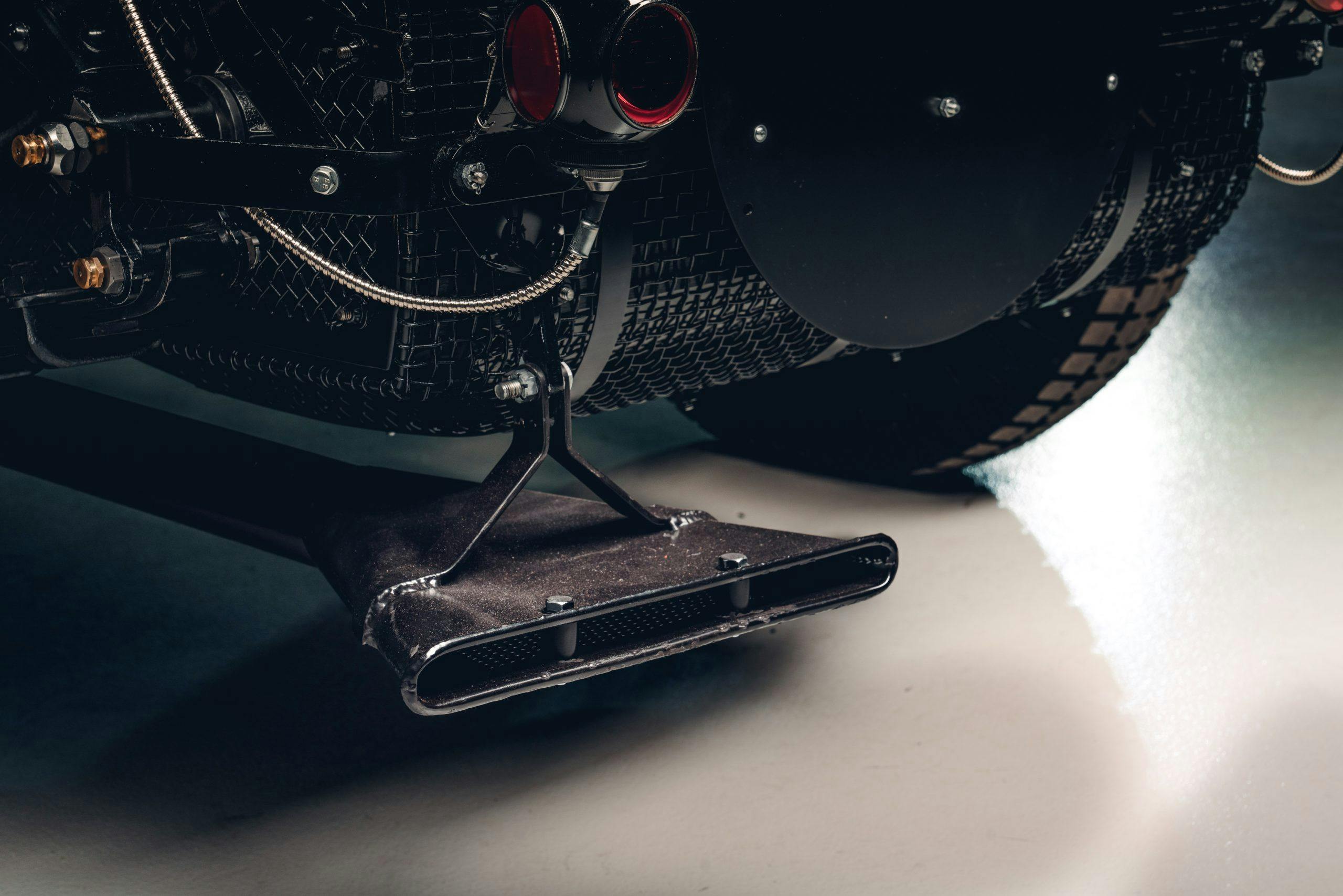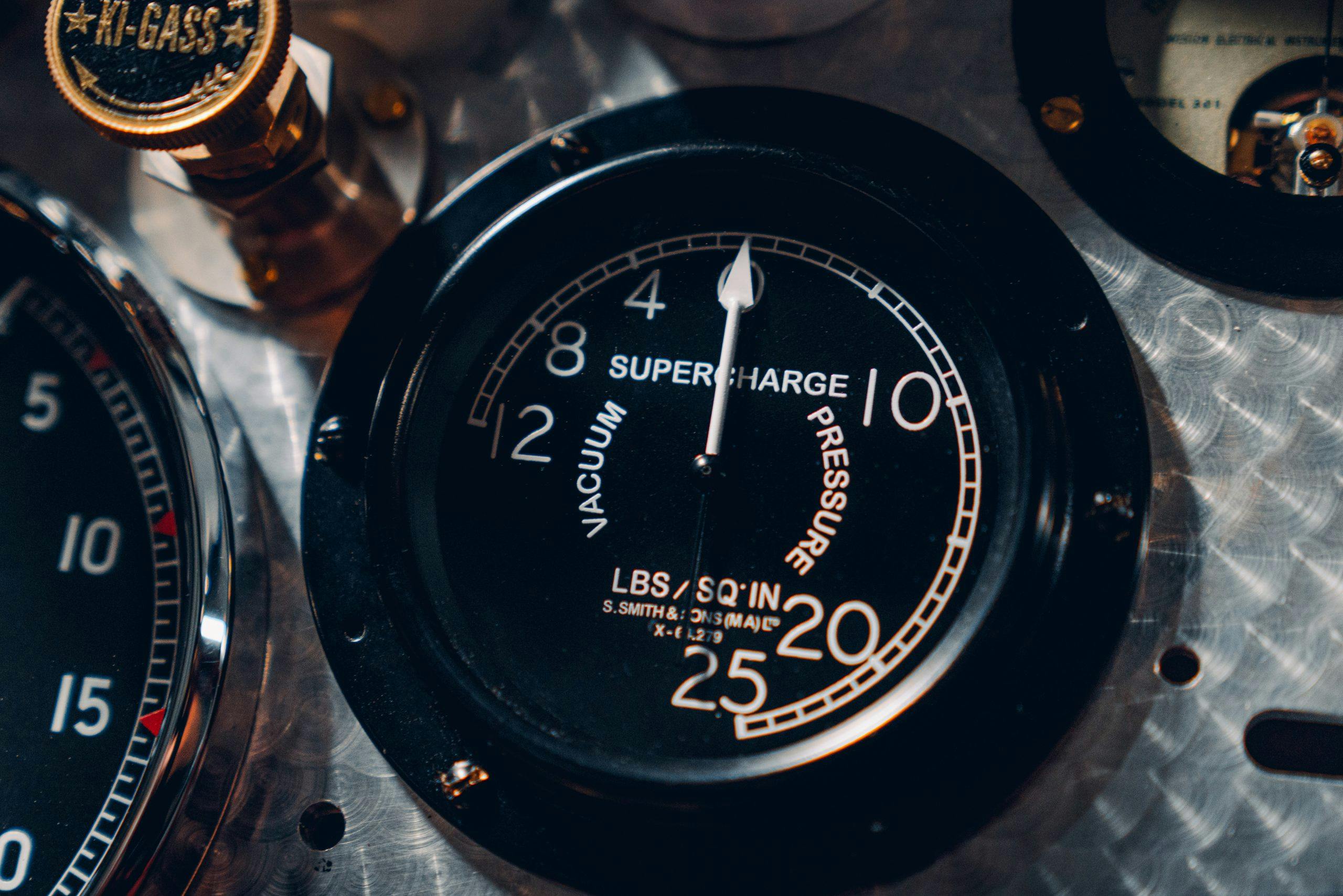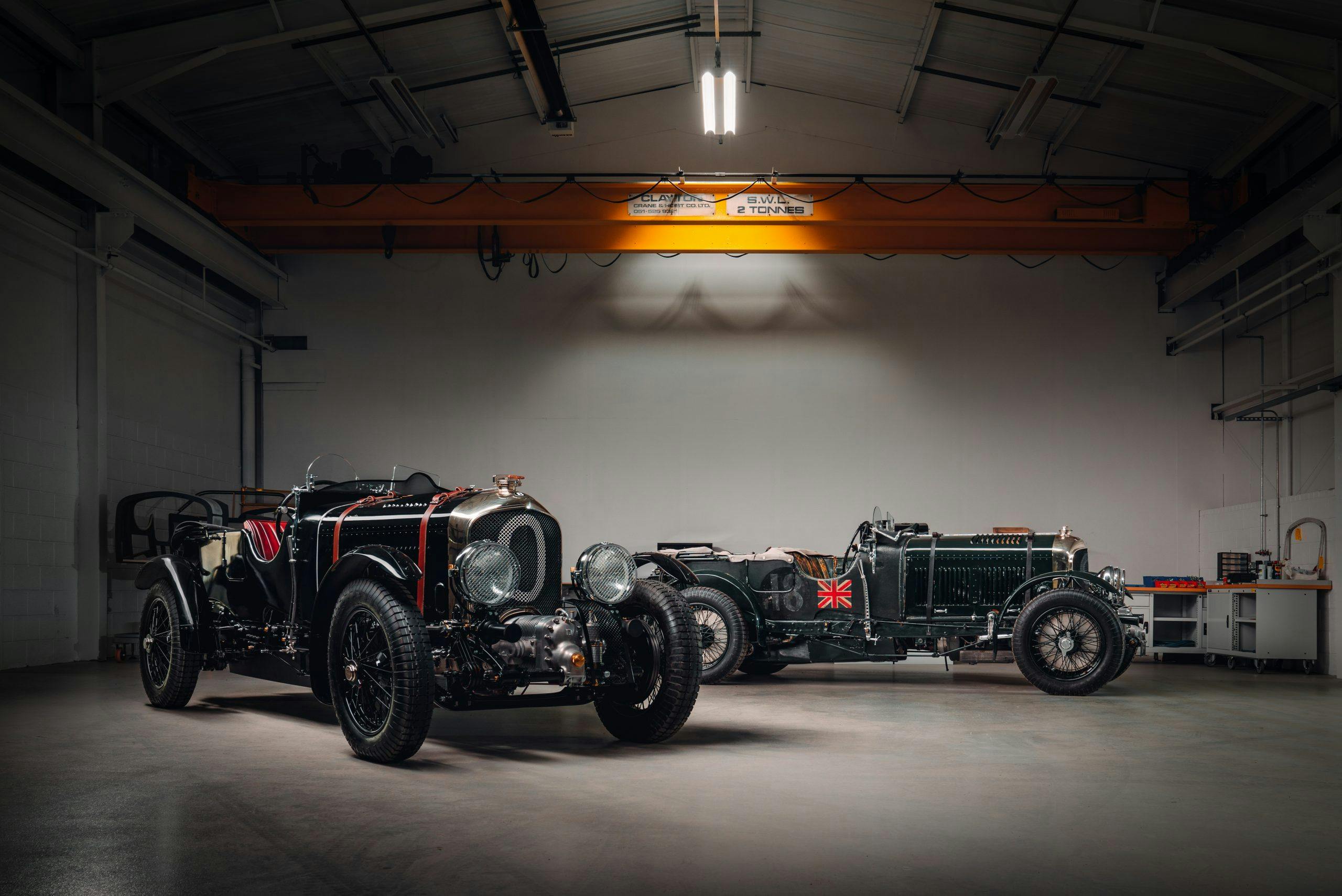Media | Articles
Bentley completes first ’29 Blower continuation car—horsehair seat stuffing and all
Forty thousand man hours later, Bentley has completed the first meticulously recreated 1929 4 1/2 liter, supercharged Blower, resurrecting a line of continuation cars 90 years after the original. The whole effort is totally fascinating. Bentley announced the Blower continuation project back in September of 2019, and we’ve covered each milestone since: the completion of the 3D CAD model in April, 2020; the official start of hands-on work in August; and the moment the first 4.5-liter Blower engine roared to life in September.
That recreated inline-four now sits beneath the hood of a completed continuation Blower Bentley—but there’s no customer in line for this first example. “Car Zero,” as it’s dubbed by Bentley, is a prototype built ahead of the 12 planned customer cars, each of which is already pre-sold to the tune of $2M. The gloss-black prototype will be subject to a rigorous testing regime before Bentley begins to build the other 12 cars: over 5000 on-track miles, and over 15,000 street miles to simulate “the undertaking of famous rallies such as Peking to Paris and Mille Miglia.” Car Zero will, for the sake of its successors, undergo a top-speed run. Bentley best film that, because we sure want to see it.
Like the 12 cars that will follow it, Car Zero is pattered after the original design drawings and created using the genuine tooling jigs for the four Blowers that stormed race circuits in the 1920s. The modern replica cars are built using an intriguing combination of old and new tech: they ride on painstakingly reproduced ash frames, but the dimensions for those pieces are derived from a 3D model of one of the first four Bentleys, chassis no. HB 3403.
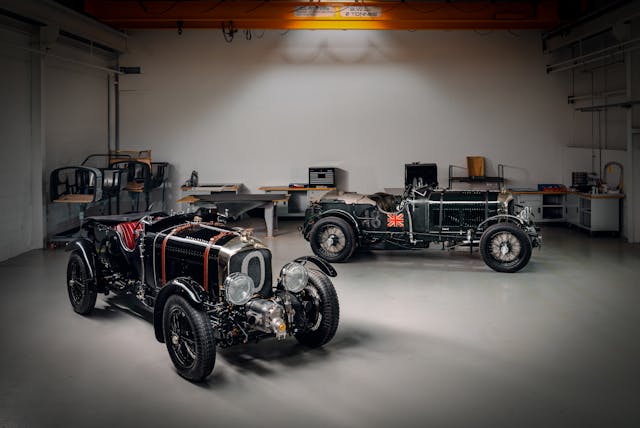
There’s seemingly no limit to Bentley’s attention to detail. If you’re at all skeptical of the authenticity of a “rebuilt” Blower, consider the following. The heavy-gauge steel chassis is hand-formed and hot-riveted by Israel Newton & Sons Ltd, a 200-year-old company based in Derby. The fuel tank is hand-beaten steel and copper. The crankcase of the overhead-cam inline four—which boasts aluminum pistons, four valves per cylinder, and twin-spark ignition, like the original—uses magnesium to honor 1920s specifications. The radiator shell is composed of solid nickel. Inside each Oxblood red seat lives 10 kilograms of natural horsehair.
We applaud Bentley’s commitment to keeping the Blower legacy alive, and admire the company’s investment in highly talented craftsmen to support the effort. We can’t wait to hear Car Zero rip to its top speed, singing its supercharged tune through that wild flat exhaust pipe.
Marketplace
Buy and sell classics with confidence
